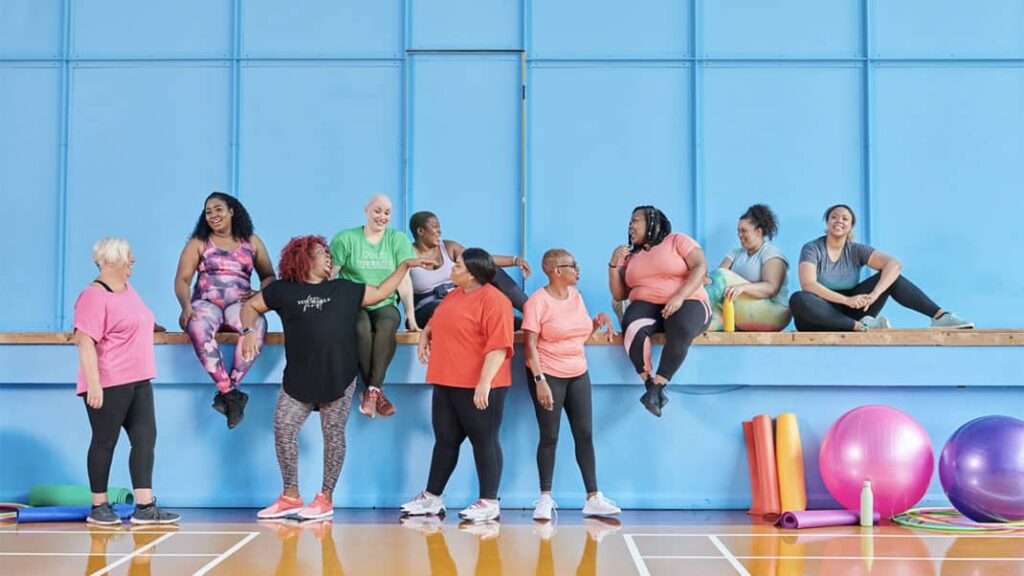In today’s fast-paced world, fitness has evolved far beyond personal training sessions and solo workouts. The modern approach embraces community and social fitness—a growing movement where people come together to exercise, connect, and build lasting habits through collective motivation. Whether through group classes, outdoor boot camps, online fitness communities, or social workout challenges, community fitness empowers individuals to stay active while fostering a sense of belonging.
In this blog, we’ll explore how community and social fitness can transform your health journey, the psychological and physiological benefits of shared exercise, and how technology has enhanced this movement.
1. What Is Community & Social Fitness?
Community fitness refers to collective physical activities that bring people together to achieve shared wellness goals. It can include fitness clubs, yoga groups, running communities, Zumba classes, or even virtual fitness challenges where participants support and motivate one another.
Social fitness, on the other hand, extends beyond physical activity. It’s about creating a network of social support, encouragement, and accountability that helps people sustain healthy habits long-term. Together, they create a dynamic environment where fitness is not just about movement—it’s about connection.
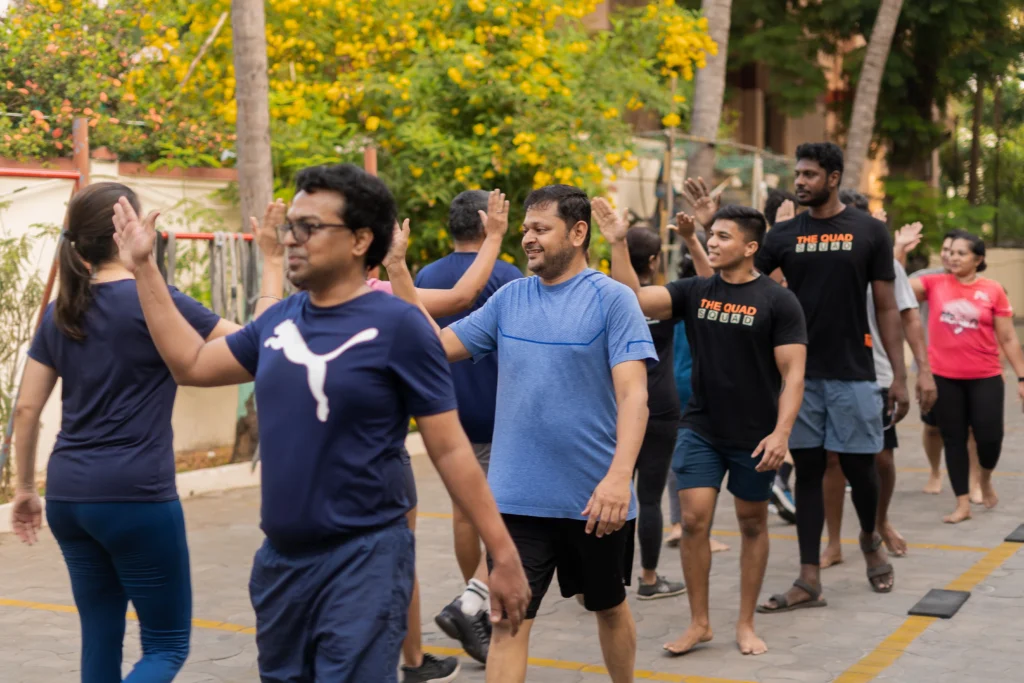
2. The Psychology Behind Community Fitness
Human beings are social creatures. We thrive on connection, encouragement, and shared experiences. Studies show that people who work out with others are more likely to stick to their exercise routines compared to those who train alone. This phenomenon is rooted in social psychology—specifically, the principles of accountability, belonging, and motivation.
When individuals join a fitness community:
- They feel accountable to show up.
- They experience emotional support during challenging workouts.
- They develop a growth mindset by observing others’ progress.
In essence, group exercise transforms a personal goal into a collective journey, making fitness both enjoyable and sustainable.
3. Physical and Mental Benefits

A. Physical Benefits
- Consistency and adherence – Regular participation is higher in group workouts because of structured schedules and shared commitment.
- Improved performance – Friendly competition and peer motivation push individuals to perform better.
- Diverse workouts – Communities often introduce members to new forms of exercise such as HIIT, dance, or strength training.
B. Mental & Emotional Benefits
- Reduced stress and anxiety – Exercising in social environments releases endorphins while reducing feelings of loneliness.
- Boosted self-confidence – Encouragement from peers enhances self-esteem and body positivity.
- Sense of belonging – Community fitness helps combat isolation, particularly for individuals new to an area or struggling to find motivation.
These dual benefits make community and social fitness a holistic approach to health—supporting both the body and mind.
4. Technology’s Role in Social Fitness
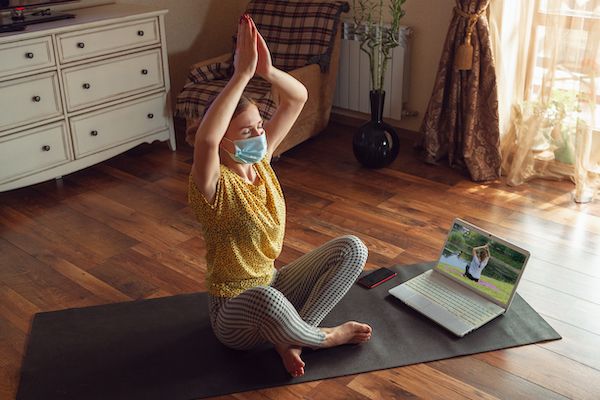
With the digital revolution, fitness is no longer confined to gyms or parks. Online platforms have created virtual communities where people across the world can connect through shared goals. Apps like Strava, Fitbit, Nike Run Club, and MyFitnessPal allow users to share their progress, join challenges, and celebrate milestones.
Social media also plays a massive role. Fitness influencers and communities on Instagram, YouTube, and Facebook encourage followers to take up group challenges, share transformation stories, and build accountability networks. This blend of tech and community has redefined how people experience social fitness, making it accessible to everyone—anytime, anywhere.
5. Popular Forms of Community Fitness
Here are a few examples of how community and social fitness can be practiced:
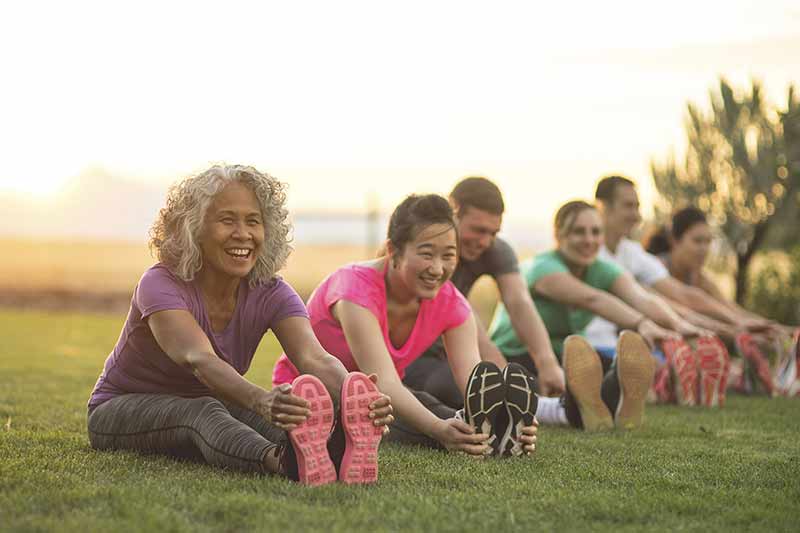
- Group Workouts: Gym classes, yoga sessions, or dance workouts designed for all levels.
- Running & Cycling Clubs: Local or online groups that encourage endurance training and social interaction.
- Outdoor Bootcamps: High-energy sessions combining strength and cardio in open spaces.
- Wellness Retreats & Events: Holistic experiences focusing on fitness, mindfulness, and community building.
- Corporate Fitness Programs: Companies organizing group fitness activities to boost employee health and teamwork.
- Online Challenges: Social media-based fitness programs encouraging participants to post daily progress.
Each of these creates a shared sense of purpose, helping members stay committed and inspired.
6. Why Community Fitness Improves Long-Term Results
Consistency is the foundation of fitness success. Yet, staying consistent alone can be tough—especially with work stress, family responsibilities, or fluctuating motivation. Community fitness helps overcome these barriers through:
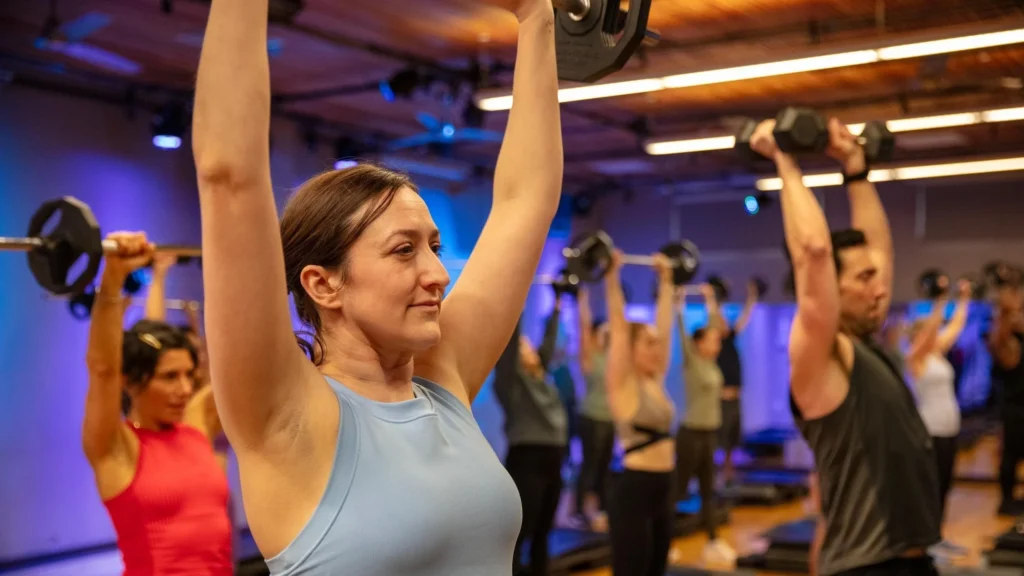
- Peer Accountability: You’re more likely to show up when others expect you to.
- Shared Knowledge: Members learn from each other’s experiences, nutrition tips, and strategies.
- Positive Reinforcement: Celebrating milestones together creates emotional rewards that fuel progress.
- Collective Energy: The group atmosphere boosts adrenaline and enjoyment, making workouts more engaging.
This social reinforcement transforms short-term motivation into long-term lifestyle changes.
7. Building an Inclusive Fitness Community
For a community fitness group to thrive, inclusivity is key. Not everyone has the same fitness level, body type, or goal. The best communities are those that welcome diversity and promote a non-judgmental environment. Some ways to build inclusivity include:
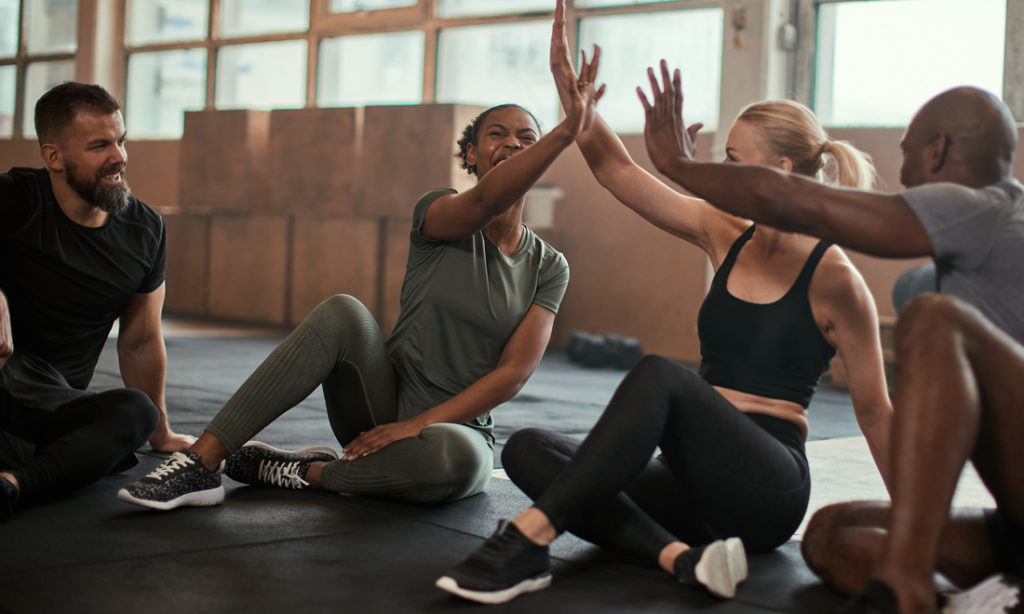
- Offering workouts for all fitness levels.
- Encouraging body positivity and self-acceptance.
- Celebrating effort over perfection.
- Creating both in-person and virtual participation options.
When people feel accepted and supported, they’re more likely to stay consistent and enjoy the process.
8. The Future of Social Fitness
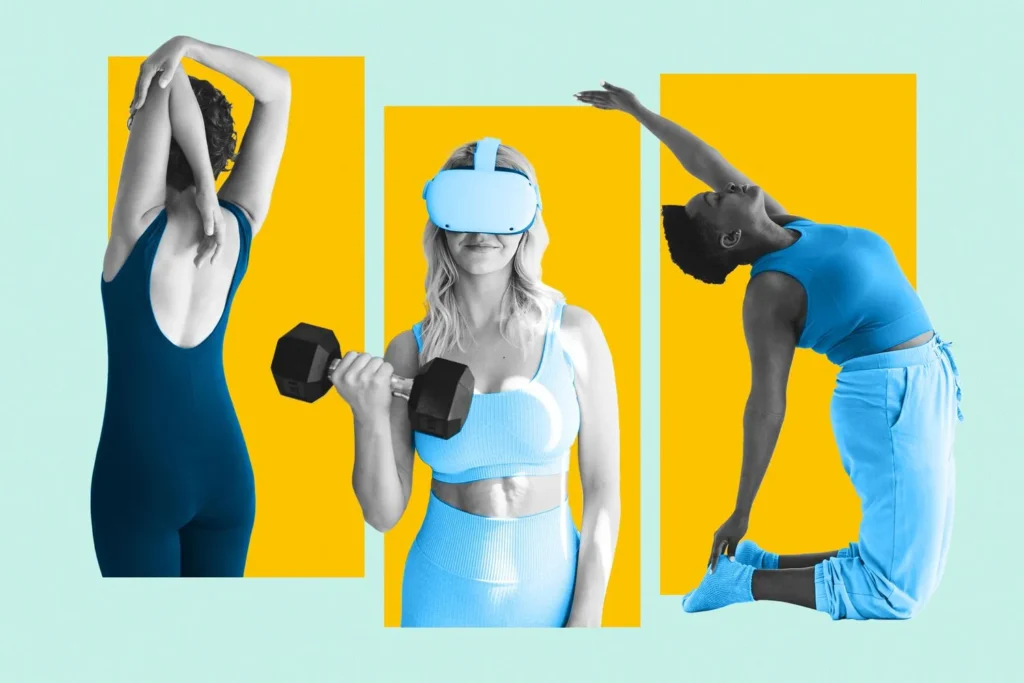
As technology and health awareness continue to evolve, social fitness is likely to expand even further. Virtual reality fitness classes, AI-based coaching, and hybrid models (combining online and offline workouts) are becoming increasingly popular. The focus is shifting toward community-driven wellness ecosystems, where health professionals, trainers, and participants work together to make fitness a shared experience.
This trend reflects a deeper societal change—from competition to collaboration, from isolation to connection.
9. How to Get Started with Community Fitness
If you’re looking to embrace community fitness, here are simple ways to begin:
- Join a local gym or class that emphasizes group workouts.
- Download a fitness app that lets you connect with other users.
- Start a small fitness group with friends, colleagues, or neighbors.
- Participate in online challenges and share your journey publicly for motivation.
- Volunteer or organize community wellness events like walks or yoga mornings.
The key is to start small but stay consistent—your community will grow naturally.
10. Conclusion
Community and social fitness redefine what it means to stay healthy in the modern world. It’s no longer about working out in isolation; it’s about connection, accountability, and shared success. Whether through a neighborhood running group, an online challenge, or a workplace wellness initiative, collective fitness builds stronger bodies and stronger communities.
By turning fitness into a social experience, we not only achieve better physical health but also nurture our emotional and mental well-being. The future of fitness is together—and it starts with community.

